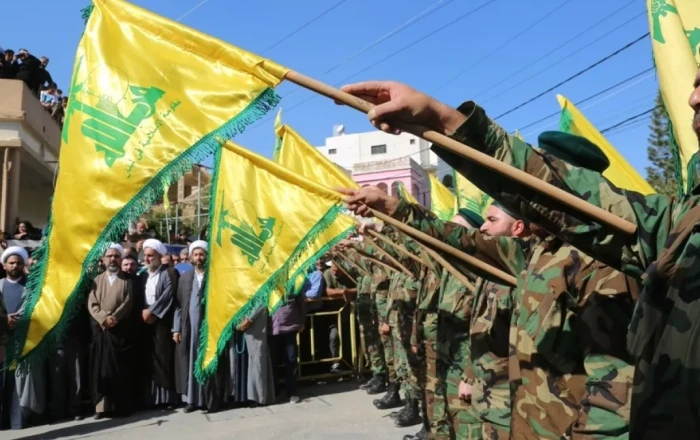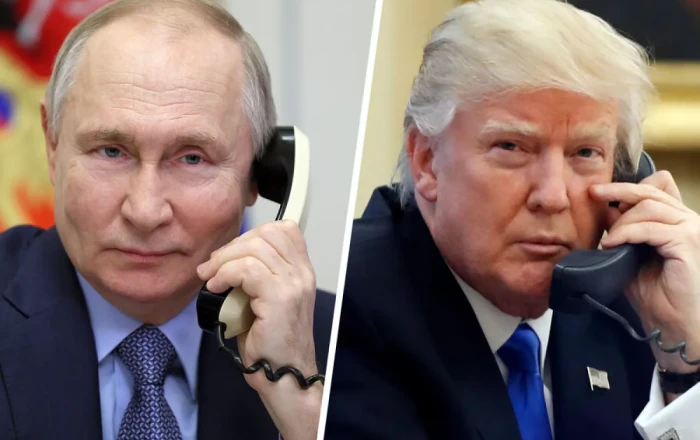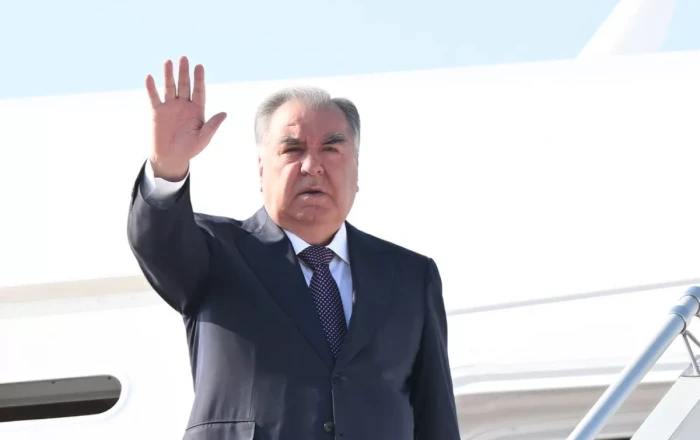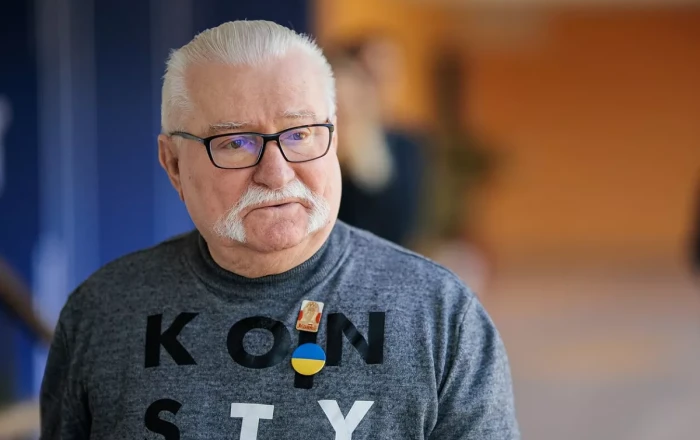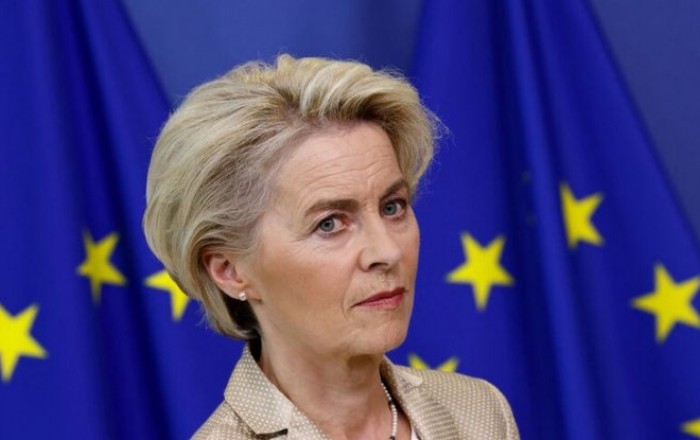European NATO allies have begun private preparations for a possible reduction in the number of US troops stationed on the continent, despite receiving limited signals from Washington about such a move.
Within NATO circles, there is growing conviction that US President Donald Trump will proceed with reducing the American military presence in Europe—currently estimated at around 80,000 troops—and shift focus to the Indo-Pacific and the Middle East, Caliber.Az reports, citing an article by Euroactive.
Military planners are grappling with three central questions: how many troops might leave, how sudden the withdrawal could be, and whether European forces can fill the resulting gaps.
“It is not a question of whether there is a US drawdown,” one NATO diplomat said, “but how orderly it can be done without jeopardising existing alliance defence plans.”
Defence plans under review
The Alliance only updated its defence plans last year to strengthen its ability to respond to any external threat. However, these plans are heavily dependent on American troops, airpower, and equipment. A sudden US departure could leave NATO’s eastern flank exposed, with nations along that border already quietly urging the Alliance to bring forward talks on reassessing the defence posture.
The potential withdrawal could also affect key US military hubs in Germany and Italy, long considered strategic platforms for American operations across Europe and beyond.
While regional defence officials acknowledge that European troops are willing to step up, they also admit that they remain years away from matching the US military’s advanced capabilities—particularly in areas such as airpower, logistics, and satellite systems.
Following Russia’s full-scale invasion of Ukraine in 2022, then-president Joe Biden deployed an additional 20,000 troops to Europe, pushing the total number of American forces to around 80,000. Although still far below Cold War levels—when 400,000 US troops were stationed in Europe—it marked a significant reinforcement after years of steady reductions.
With Trump back in office, European allies have been weighing scenarios in which 10,000 to 20,000 troops could be pulled back.
Lack of communication fuels concern
US Ambassador to NATO Matthew Whitaker recently stated that a Pentagon assessment of troop deployments in Europe would be completed “by late summer or early fall.” He added that any adjustments would be made “in close coordination with NATO allies to make sure that there are no security gaps in the defence capabilities,” and that NATO could backfill any withdrawn American units.
Still, several European NATO diplomats confirmed they have yet to receive detailed briefings from US officials about Washington’s posture review, prompting concerns about sudden decisions from the White House without proper transatlantic consultation.
High-level Trump officials, including Senator Marco Rubio, have tried to provide assurances, with Rubio telling European counterparts earlier this year that “there will be no surprises.”
“The hope will be that the Summit will set the stage for a constructive conversation between the NATO secretary general and allies in general, with Washington on a coordinated approach to any drawdown from Europe,” said Oana Lungescu, a distinguished fellow at the UK’s Royal United Services Institute (RUSI) and a former NATO spokesperson.
“You can only continue to engage with the administration as they work through their priorities and plans to make sure that there are no gaps left in Europe before the Europeans themselves can fill them,” she added.
NATO Secretary-General designate Mark Rutte has echoed calls for composure, urging European allies to stay focused on defence investment and continued support for Ukraine.
“My message to my European colleagues is: Stop worrying so much, start to make sure that you get investment plans done, that you get the industrial base up and running, and that the support for Ukraine remains at a high level,” Rutte said in The Hague.
Trump’s nomination of Lt. Gen. Alexus G. Grynkewich as NATO’s new supreme allied commander in Europe has been seen as a symbolic reassurance of ongoing American commitment. Traditionally held by a US officer, the post had been under scrutiny amid broader concerns about US intentions under Trump’s second term.
European allies have also been monitoring American military posture beyond Europe. A recent scale-down by US Africa Command (AFRICOM), which started under Biden, and Trump’s decision to reduce aid to African partners have raised alarms about how a European drawdown might be handled.
While US policymakers have long emphasised a strategic pivot to the Indo-Pacific, Trump’s renewed military focus on the Middle East—highlighted by recent airstrikes on Iran—has further complicated Europe’s efforts to anticipate Washington’s next move.
“It’s not only about the Indo-Pacific now, but now also increasingly the Middle East,” Lungescu said, noting that developments in both regions could “determine how fast this drawdown might need to happen.”
By Sabina Mammadli
Source: caliber.az




